There is an historic green space south of King Street West, between Portland Avenue and Bathurst Street that is today nestled among modern high-rise condominiums. This small park was the location of Toronto’s first cemetery, carved out of the wilderness by the troops of Governor Simcoe to bury his 18-month-old daughter Katherine. It is estimated that from the time of its inception in 1794, until the final interment in 1863, about four hundred bodies were placed within the grounds. Although it was originally a garrison cemetery, civilians from the town of York were also buried there. After 1807, however, many were placed in the churchyard of St. James Anglican Church on King Street East. With the closing of the First Garrison Burying Ground, another garrison cemetery was created to the northwest of Fort York, on Dufferin Street, near the present-day Canadian National Exhibition grounds.
Within the cemetery south of King Street is the remains of one of the soldiers who died in the Battle of York in 1813. Below is a list of a few of the others who were interred in this old burial ground. The names were gathered by John Ross Robertson during his visits to the cemetery in the 1870s. They were recorded in his book “Landmarks of Toronto, Volume 1.”
Christopher Robinson, died 1798, father of John Ross Robertson.
Benjamin Hallowell, a relative of Chief Justice Elmsley, died Thursday, March 28, 1799, age 75.
John Edward Sharps, infant son of J. E. and M Sharps, died at 9 months on August 8, 1813.
Captain McNeal killed in the Battle of York, 1813, during the American invasion of Toronto.
Charlotte, wife of John Armitage, died April 8, 1819.
John Saumariez Colbourne, died May 1, 1826, three-year-old son of Sir John Colbourne.
Mackay John Scobie, died August 26, 1834, age 18, and his brother Kenneth Scobie, age 25, died in 1834. Their father was Captain John Scobie of the 93rd Highlanders.
Margaret Ryan, wife of William Ryan of the Canadian Rifles, died 1835.
Lieutenant Zachariah Mudge, private secretary to Sir John Colbourne (Lord Seaton), committed suicide by placing a gun to his chest. He died at age 31 on June 10,1831.
Barbara Mary, daughter of Reverend J. Hudson, died July 17, 1831.
Archibald Currie of Glasgow, Scotland. (Robertson stated that the stone was too corroded to decipher any other details.)
Final burial in the Garrison Cemetery was Private James McQuarrick in 1863.
An interesting notation claims that Captain Battersby, a British soldier, when ordered back to Britain following the War of 1812, shot the two horses that he loved dearly and buried them in the cemetery, rather than part with them by selling them to someone else. Thankfully, he did not plan a similar fate for the friends he loved that he was leaving behind in York.
The park and many of the tombstones have now been stored. The tombstones were placed in a row, creating a memorial to those who died during the pioneer days of York. In 1902, it was decided that a memorial should be placed in the park to honour those who lost their lives defending Upper Canada during the War of 1812 (1812-1815). The ceremony to unveil the memorial was held on July 1, 1902 as a part of the Dominion Day (Canada Day) celebrations. It honours the memory of the regiments that served in the conflict. The names of the battlefields are listed on plaques attached to the monument. Funds for the monument were provided by veterans of the British Army and Navy.
In 1906 a sculpture of the torso of a veteran was added to the crown of the monument. The sculpture depicts a balding soldier, glancing upward, a weary expression on his face. He is attired in a military uniform, which displays his war medals, and in his right hand is his hat. His left arm has no hand, a casualty of battle. Katherine Hale, in her book “Toronto, Romance of a Great City,” states: . . . the soldier has an unusual face—strong, rapt and dedicated.
The statue was created by Walter Allward, who also cast the figures at the base of the Boer War Memorial at University Avenue and Queen Street West, across from today’s opera house. In addition, Allward designed the Canadian war memorial on the Douri plain at Vimy Ridge.
Walter Allward’s monument in Victoria Memorial Square. The base on which the sculpture rests is similar in design to the one at Queenston Heights to commemorate the deeds of Laura Secord, a heroine of the War of 1812.
The sculpture of an old veteran on the monument. He is gazing upward, his hat in his right hand, a sad countenance on his face, as if remembering the friends he lost in battle.
Today, rows of blocks delineate the boundaries of the old cemetery
Victoria Memorial Square on October 13, 1913 (City of Toronto Archives)
This is the tombstone of Zachariah Mudge, placed in the row of stones when Victoria Memorial Square was restored. Lieutenant Mudge served in the Royal Regiment of Artillery and was the private secretary to Major General Sir John Colbourne, Lieutenant Governor of the Province. Mudge died on 10th of June, 1831, of a self-inflicted musket ball in the chest. No one ever determined the reason for his suicide.
To view the Home Page for this blog: https://tayloronhistory.com/
To view other posts about Toronto’s past and its historic buildings:
Toronto’s vanishing 19th-century store fronts.
The Art Deco bus terminal at Bay and Dundas Streets.
Photos of the surroundings of the CN Tower and and the St. Lawrence Market in 1977
The old Dominion Bank Building at King and Yonge Street
The Canada Life Building on University and Queen Street West.
Campbell House at the corner of Queen Street West and University Avenue
A study of Osgoode Hall
https://tayloronhistory.com/2012/04/12/enjoying-torontos-architectural-gems-osgoode-hall/
Toronto’s first City Hall, now a part of the St. Lawrence Market
Toronto’s Draper Street, a time-tunnel into the 19th century
The Black Bull Tavern at Queen and Soho Streets, established in 1822
History of the 1867 fence around Osgoode Hall on Queen Street West at York Street
Gathering around the radio as a child in the 1940s
The opening of the University Theatre on Bloor Street, west of Bay St.
https://tayloronhistory.com/2012/02/24/the-opening-of-torontos-university-theatre-on-bloor-street/
122 persons perish in the Noronic Disaster on Toronto’s waterfront in 1949
Historic Victoria Memorial Square where Toronto’s first cemetery was located, now hidden amid the Entertainment District
https://tayloronhistory.com/2012/01/09/victoria-square-in-torontos-entertainment-district-is-a-gem/
Visiting one of Toronto’s best preserved 19th-century streets-Willcocks Avenue
The 1930s Water Maintenance Building on Brant Street, north of St. Andrew’s Park
Toronto’s architectural gems-photos of the Old City from a book published by the city in 1912
Toronto’s architectural gems in 1912
https://tayloronhistory.com/2012/12/04/torontos-architectural-gems-in-1912/
Toronto’s architectural gems – the bank on the northeast corner of Queen West and Spadina
https://tayloronhistory.com/2012/12/02/torontos-architectural-gemsbank-at-spadina-and-queen-west/
Photos of the surroundings of the CN Tower and and the St. Lawrence Market in 1977
The St. Lawrence Hall on King Street
https://tayloronhistory.com/2012/04/28/enjoying-torontos-architectural-gems-the-st-lawrence-hall/
Toronto’s streetcars through the past decades
https://tayloronhistory.com/2012/03/26/memories-of-torontos-streetcars-of-yesteryear/
History of Trinity Bellwoods Park
https://tayloronhistory.com/2012/04/09/the-history-and-beauty-of-trinity-bellwood-park/
A history of Toronto’s famous ferry boats to the Toronto Islands
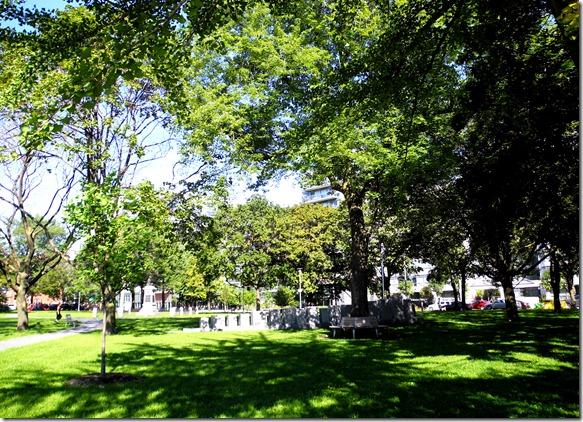
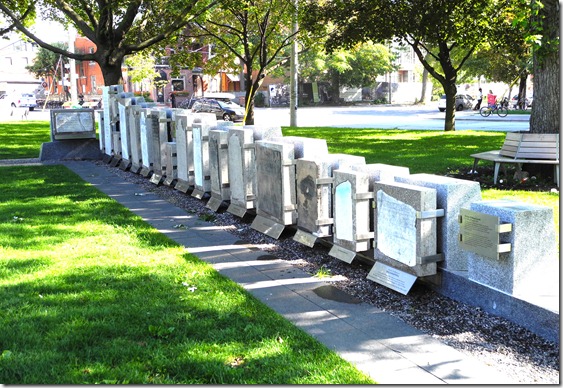
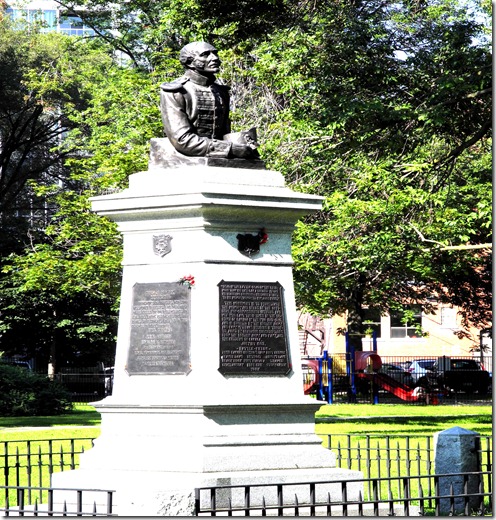
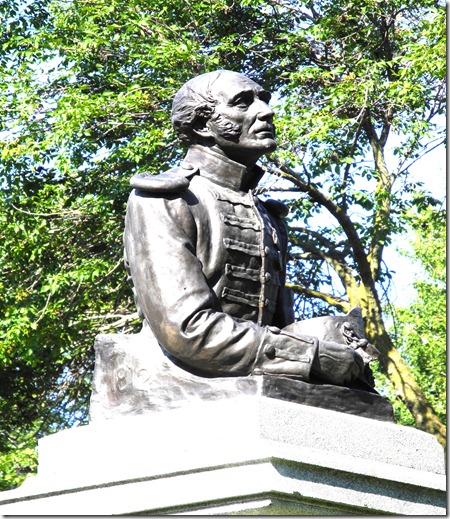
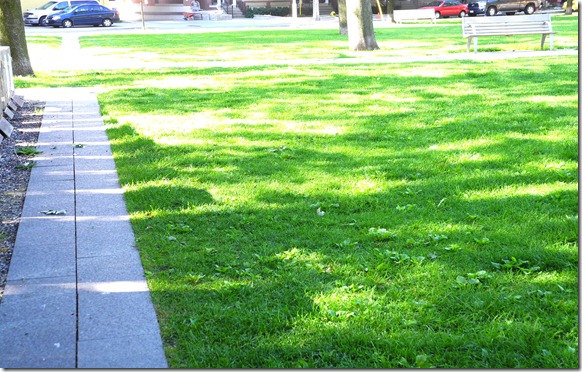
![s0372_ss0052_it0192[1] 1913 s0372_ss0052_it0192[1] 1913](https://tayloronhistory.com/wp-content/uploads/2013/04/s0372_ss0052_it01921-1913_thumb.jpg)
